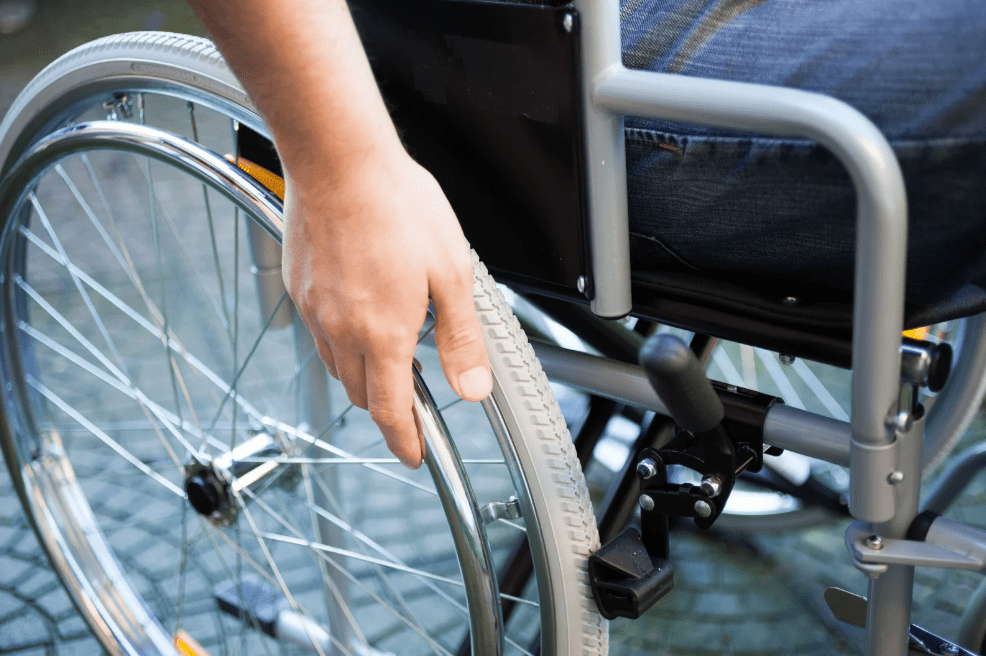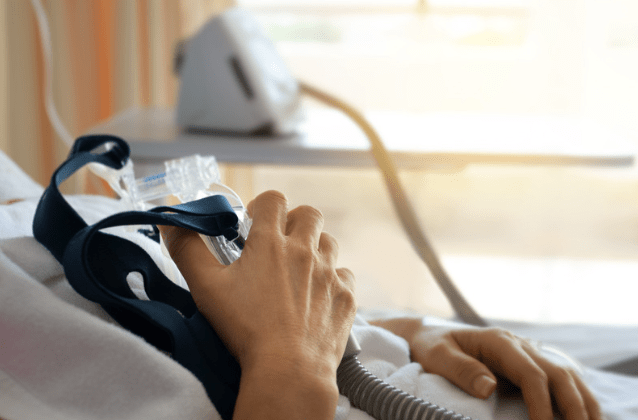Table Of Contents
VA Disability Benefits for Depression and PTSD
What is Post-Traumatic Stress Disorder?
Post-traumatic stress disorder (PTSD) is a psychiatric condition that can present itself in people who have experienced or witnessed a traumatic event. People with PTSD often have intense, disturbing thoughts and feelings related to their experience that lasts long after the traumatic event. These individuals may also relive the event through flashbacks or nightmares and deal with feelings of sadness, fear, or anger by avoiding situations that remind them of the traumatic event.
Symptoms of PTSD fall into four categories:
- Intrusive Thoughts. Repeated, involuntary memories; distressing dreams; or flashbacks of the traumatic event.
- Avoidance. Avoiding people, places, activities, objects, and/or situations that bring on distressing memories.
- Negative Thoughts and Feelings. Ongoing and distorted beliefs about oneself or others; ongoing fear; horror, anger, guilt, or shame; loss of interest in activities previously enjoyed; feeling detached.
- Arousal and Reactive Symptoms. Being irritable and having angry outbursts; reckless or self-destructive behavior; being easily startles; or having problems concentrating or sleeping.
What is Depression?
Depression is mental health condition that affects the way an individual thinks, feels, and acts. Symptoms of depression tend to vary among individuals, but common symptoms include:
- Persistent feelings of sadness, worthlessness, and hopelessness
- Lack of motivation or interest in activities that usually derive pleasure
- Difficulty sleeping and concentrating
- Change in appetite resulting in weight loss or gain
- Irritability
- Fatigue
- Frequent or recurrent thoughts of death, suicidal thoughts, suicide attempts
Service Connection for PTSD and Depression
PTSD
To prove PTSD to the VA and establish direct service connection, veterans must satisfy the following elements: (1) a current diagnosis of PTSD; (2) an in-service stressor; and (3) a medical nexus linking your current diagnosis of PTSD to the in-service stressor.
The in-service stressor requirement of service connection is what separates PTSD from other mental health conditions when seeking VA disability benefits. A “stressor” is the traumatic event or incident that caused the veteran’s PTSD. If a veteran’s stressor is related to any of the following circumstances, they do not have to provide corroboration:
- Combat exposure
- Fear of hostile military or terrorist activity
- Prisoner of war
- Military sexual trauma
Depression
In order to establish direct service connection for depression, veterans must show evidence of the following:
- A current diagnosis of depression
- An in-service event (rather than stressor)
- A medical nexus between the depression and the in-service event
How are Depression and PTSD Rated?
Even though the requirements for service connected are different for PTSD and depression, the VA uses the same rating criteria. The VA rates all mental health conditions, aside from eating disorders, using the same criteria. The rating criteria is as follows:
| Rating | Symptoms |
| 100% | The Ability to Care for Yourself: The individual cannot take care of himself at all. Constant or near constant hospitalization and one-on-one supervision is required. |
| Medications: The individual requires psychiatric medication at all times. | |
Symptoms:
| |
| The Ability to Work: The individual cannot work at all | |
| Social Relationships: The individual cannot participate in any relationships. | |
| 70% | The Ability to Care for Yourself: This individual cannot take care of himself most of the time. They are in the hospital or a care facility or if being taken care of by family members all of the time, and requires one-on-one supervision 50% of the time. This person cannot take care of his own personal hygiene. |
| Medications: This individual requires psychiatric medication at all times | |
Symptoms:
| |
| The Ability to Work: May not be able to work at all or may be severely under employed | |
| Social Relationships: Cannot participate in any relationships most of the time. | |
| 50% | The Ability to Care for Yourself: The individual is occasionally hospitalized but can mostly take care of the basic personal needs like bathing or going to the bathroom although their hygiene may not be kept up regularly. They may also be able to function in areas like shopping, driving, cleaning, etc. |
| Medications: This individual requires psychiatric medication at all time. | |
Symptoms:
| |
| The Ability to Work: Individual may try to work, but will not be able to hold a job for more than 3 or 4 months because of their inability to remember or follow all directions. This individual would only be hired for jobs like cleaning, picking up trash, or other simple-task jobs. | |
| Social Relationships: This individual may try to build and engage in relationships but there relationships would not last long in most situations. | |
| 30% | The Ability to Care for Yourself: This individual may have occasional, short hospitalizations, but can entirely take care of themselves most of the time. |
| Medications: This individual usually requires medication to function normally. | |
Symptoms:
| |
| The Ability to Work: This individual will be able to work and will usually function normally. | |
| Social Relationships: This individual will normally have fairly stable relationships. These relationships will not be great and often strained. | |
| 10% | The Ability to Care for Yourself: This individual will always be able to take care of himself and will very rarely, if ever, be hospitalized |
| Medications: This individual may or may not be taking medication. | |
Symptoms:
| |
| The Ability to Work: This individual will be fully employable and will very rarely have any problems at work that are caused by the mental conditions. | |
| Social Relationships: This individual will have full, functional relationships, with only occasional, mild stresses that are caused by the condition. | |
| 0% | If a mental condition has been diagnosed but there are no symptoms that impair social or occupational functioning or require medication |
Can you be Rated for Both PTSD and Depression?
Since the VA rates all mental health conditions using the same criteria, veterans with multiple mental health conditions, like PTSD and depression, are assigned one combined rating.
Veterans can only be rated for a symptom’s functional limitations once. For example a veteran experiencing irritability as a result of their PTSD and depression will only be rated for irritability under the code for one condition.
Hospitalization and Temporary Total Ratings
If a veteran is hospitalized for 21 days or more due to their PTSD or depression, they may be eligible to receive a temporary total rating of 100%. In order to qualify, the veteran must be receiving treatment at a VA medical center or other VA-approved hospital. If assigned the temporary rating, benefits will continue until the last day of the month where the veteran stopped receiving treatment.
Veterans Help Group have been supporting veterans in getting the benefits they deserve since 1995. If you or a loved one served, and suffer from PTSD and/or depression, we are here to help. Call Veterans Help Group at 855-855-8992 or complete our free veterans benefits case evaluation form.

How Long Does It Take for My VA Disability Rating to Become Permanent?
How Long Does It Take for My VA Disability Rating to Become Permanent? Securing your VA disability...

Celebrating 250 Years of the U.S. Army
Celebrating 250 Years of the U.S. Army If it feels like the U.S. Army has always been there,...

THE DIFFERENCE BETWEEN 100% FOR UNEMPLOYABILITY AND 100% DISABILITY RATING
THE DIFFERENCE BETWEEN 100% FOR UNEMPLOYABILITY AND 100% DISABILITY RATING In general, neither the...





